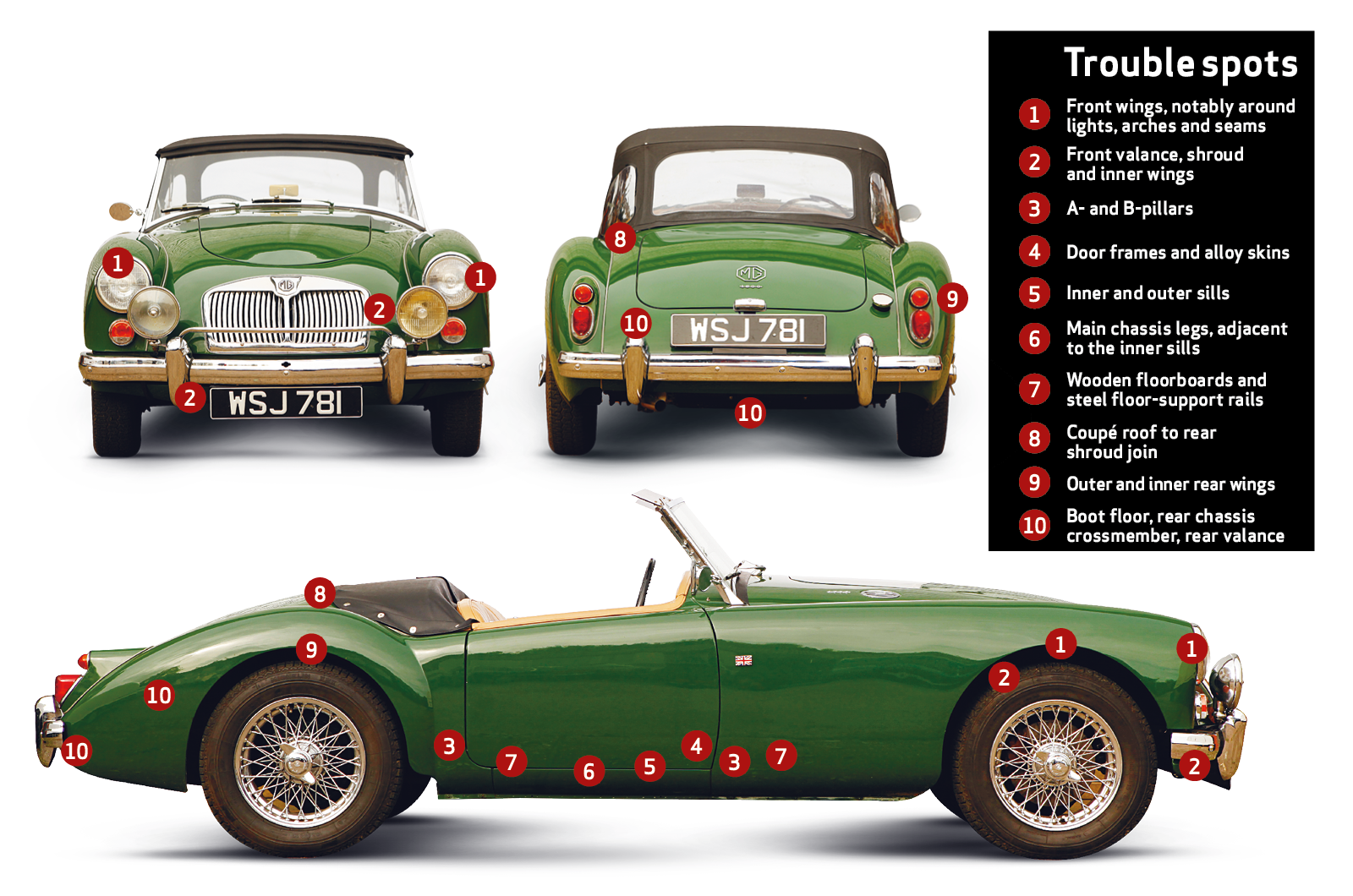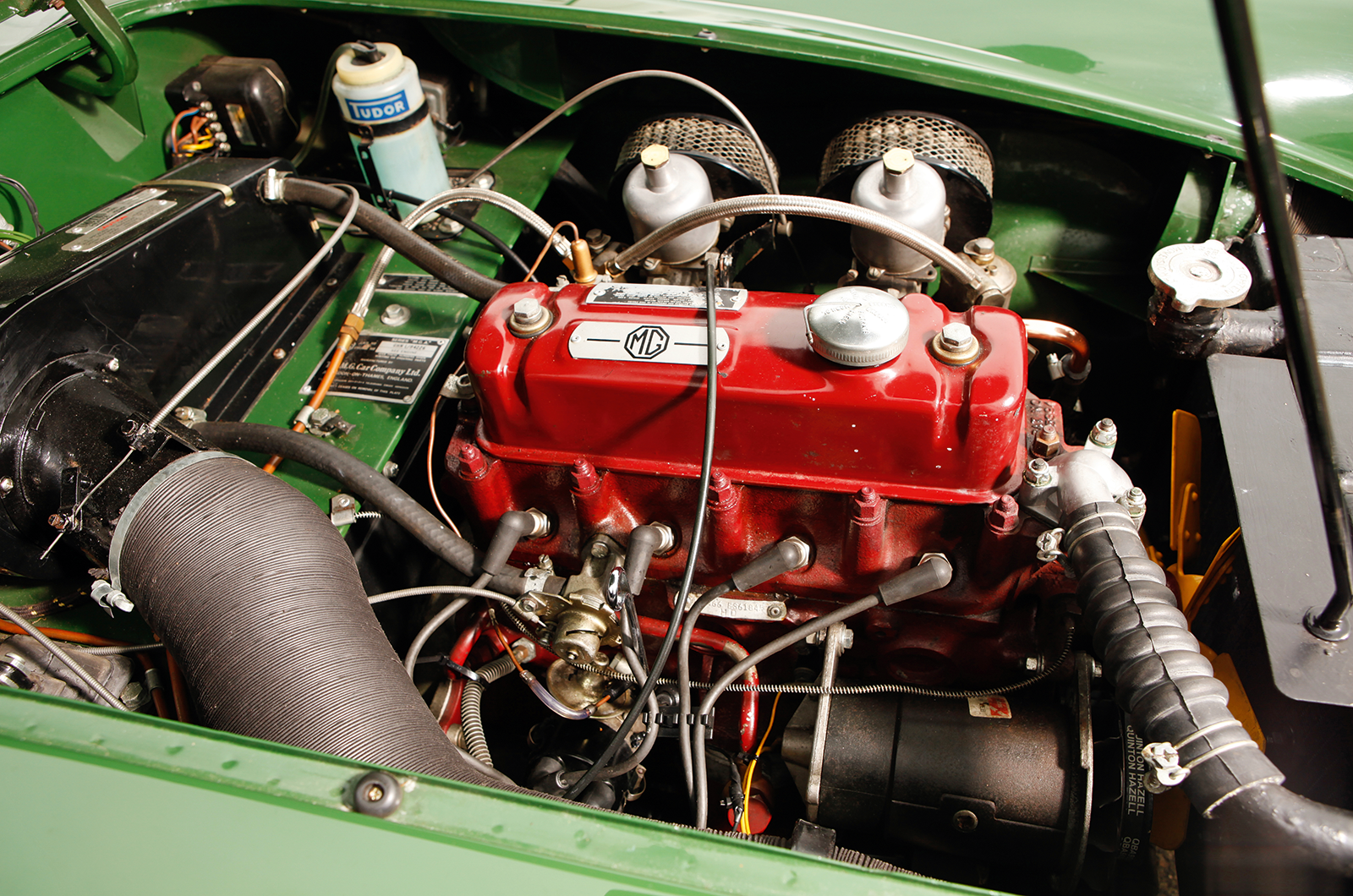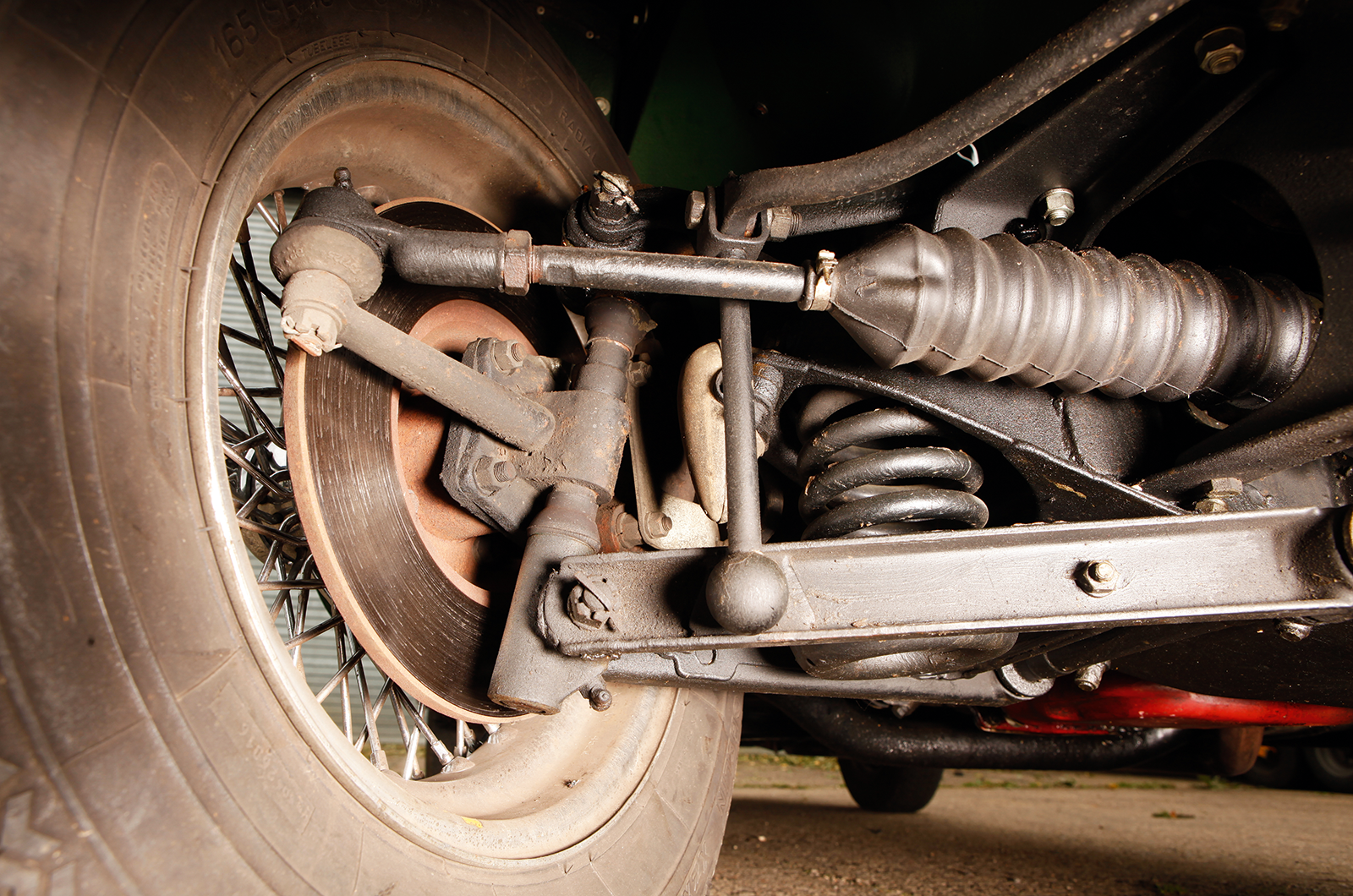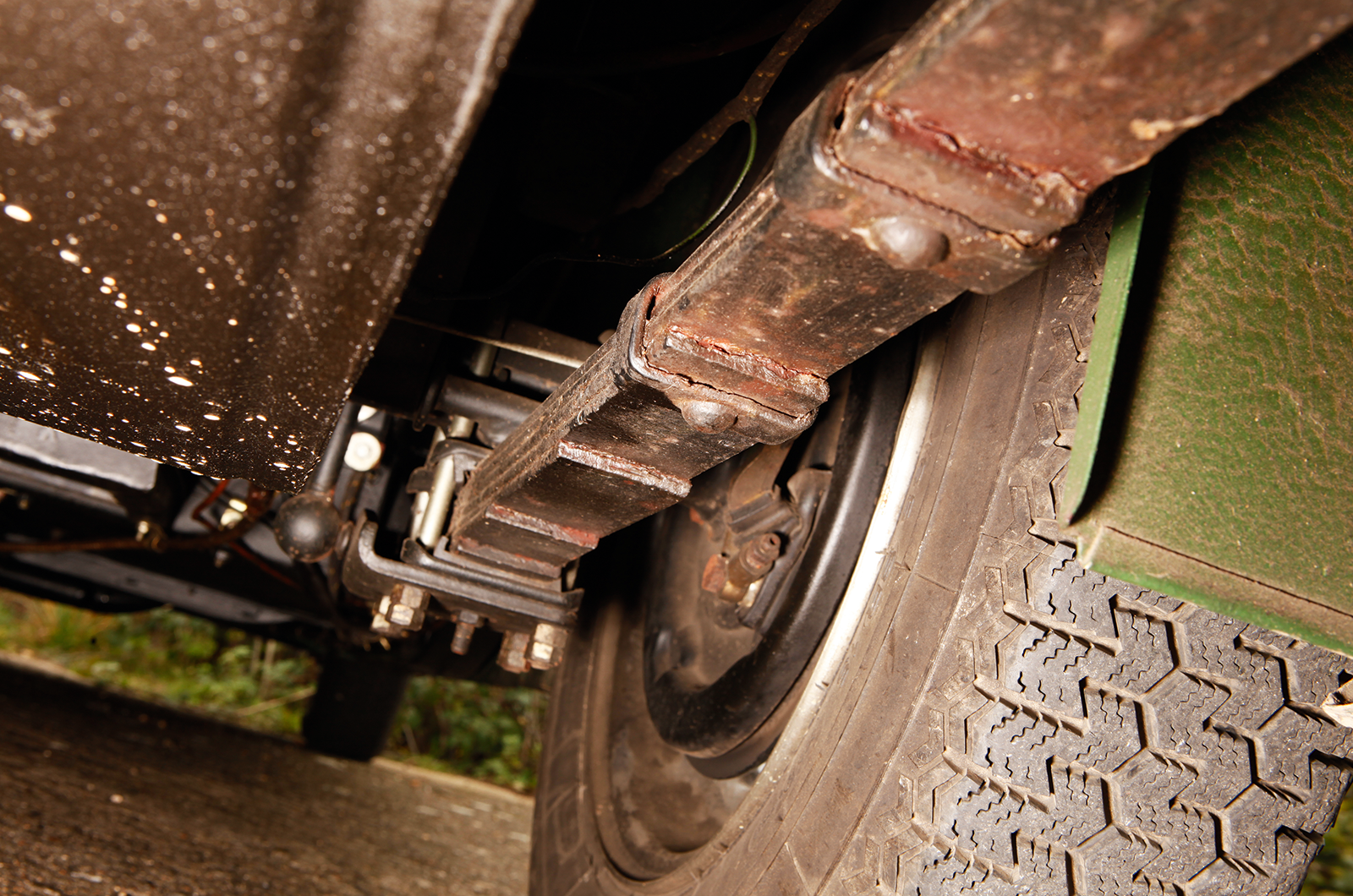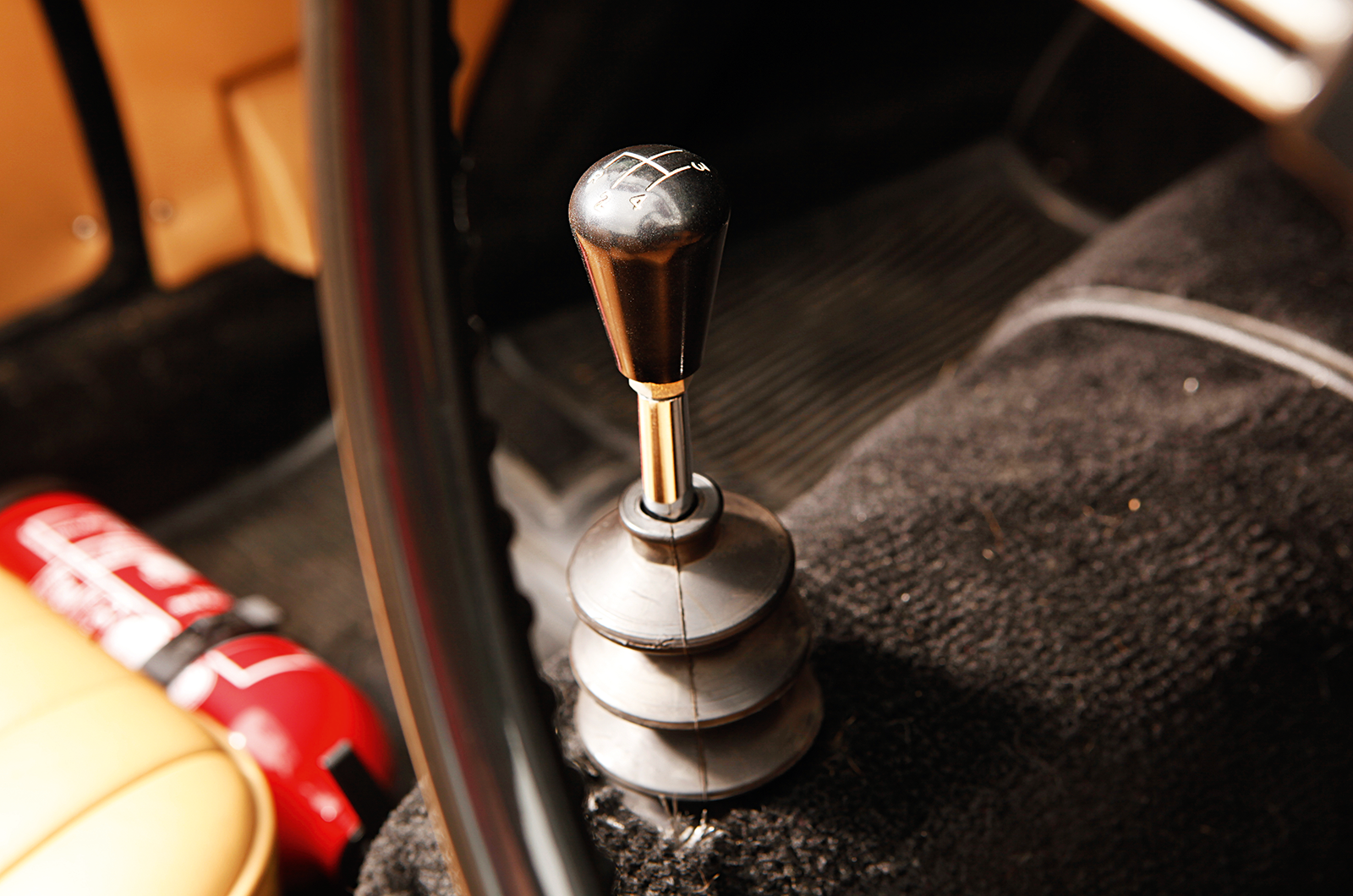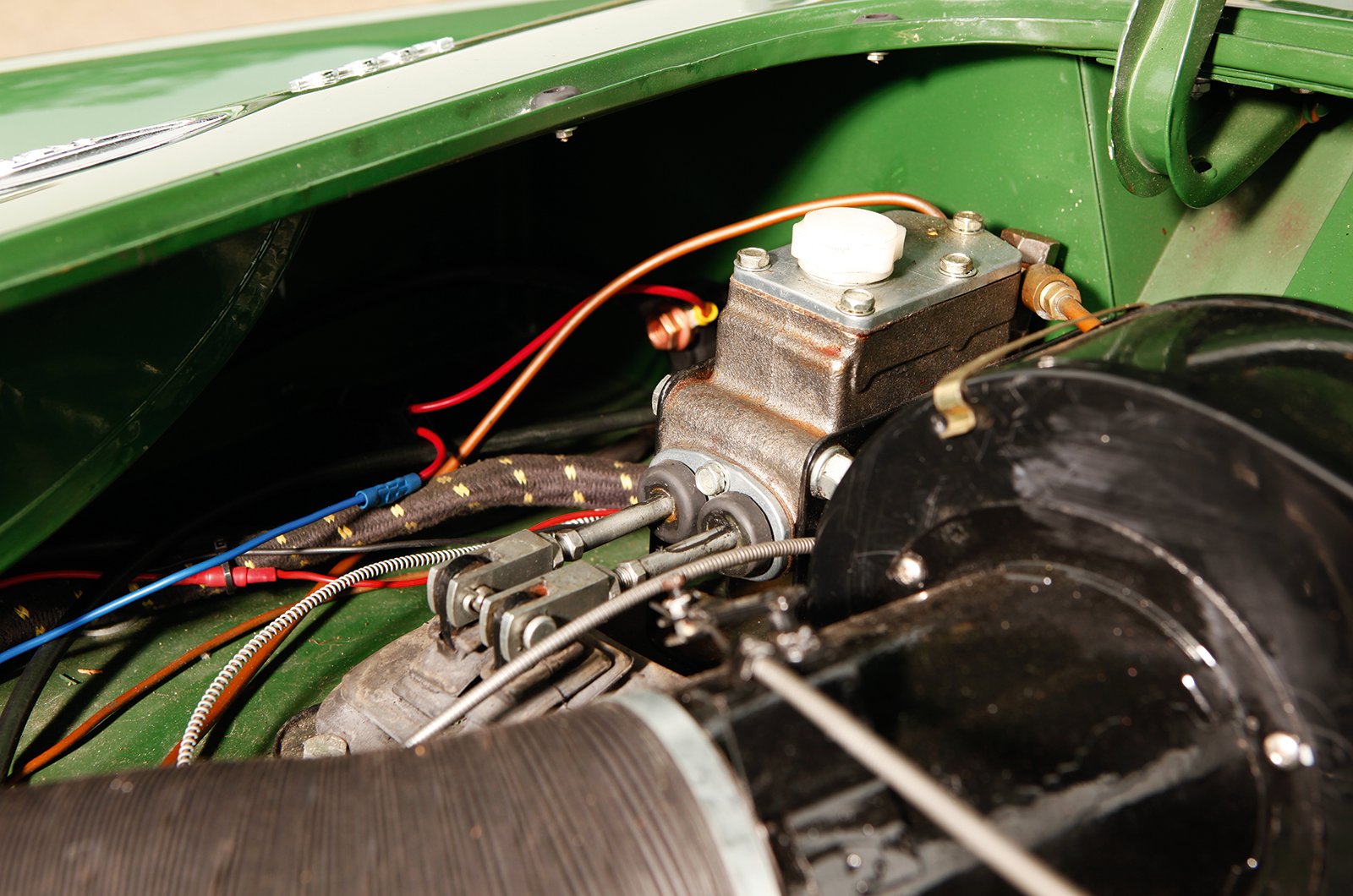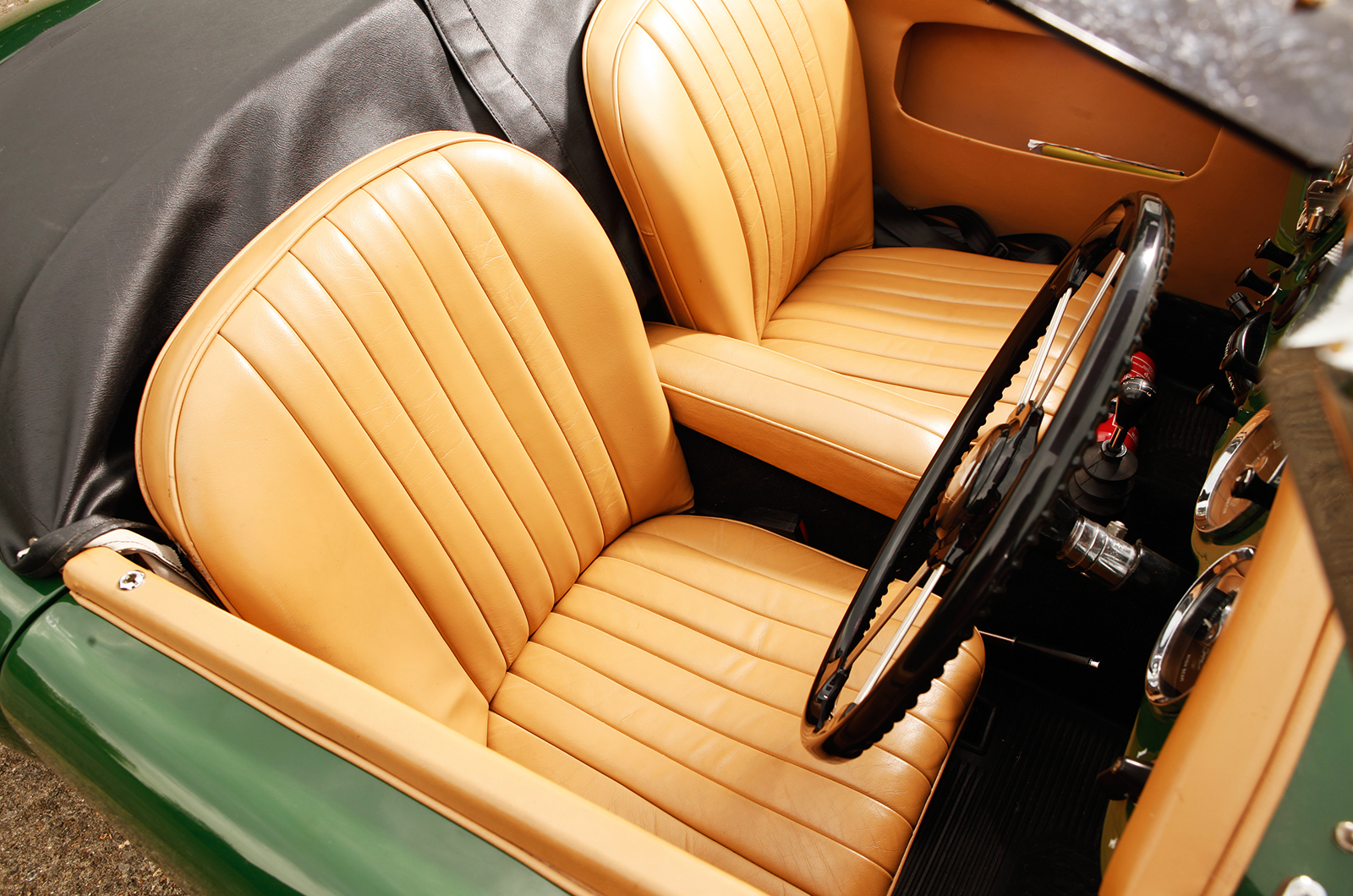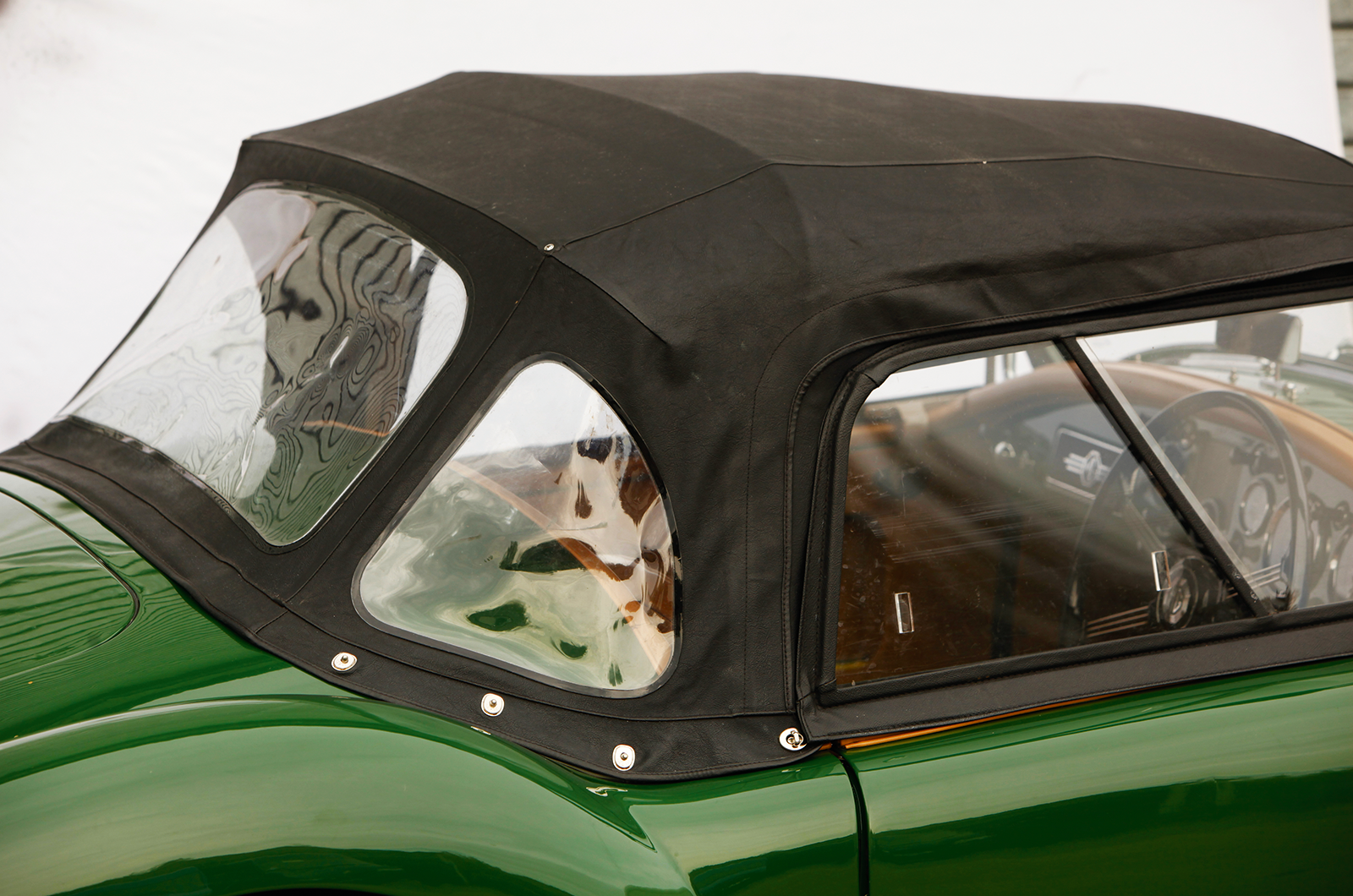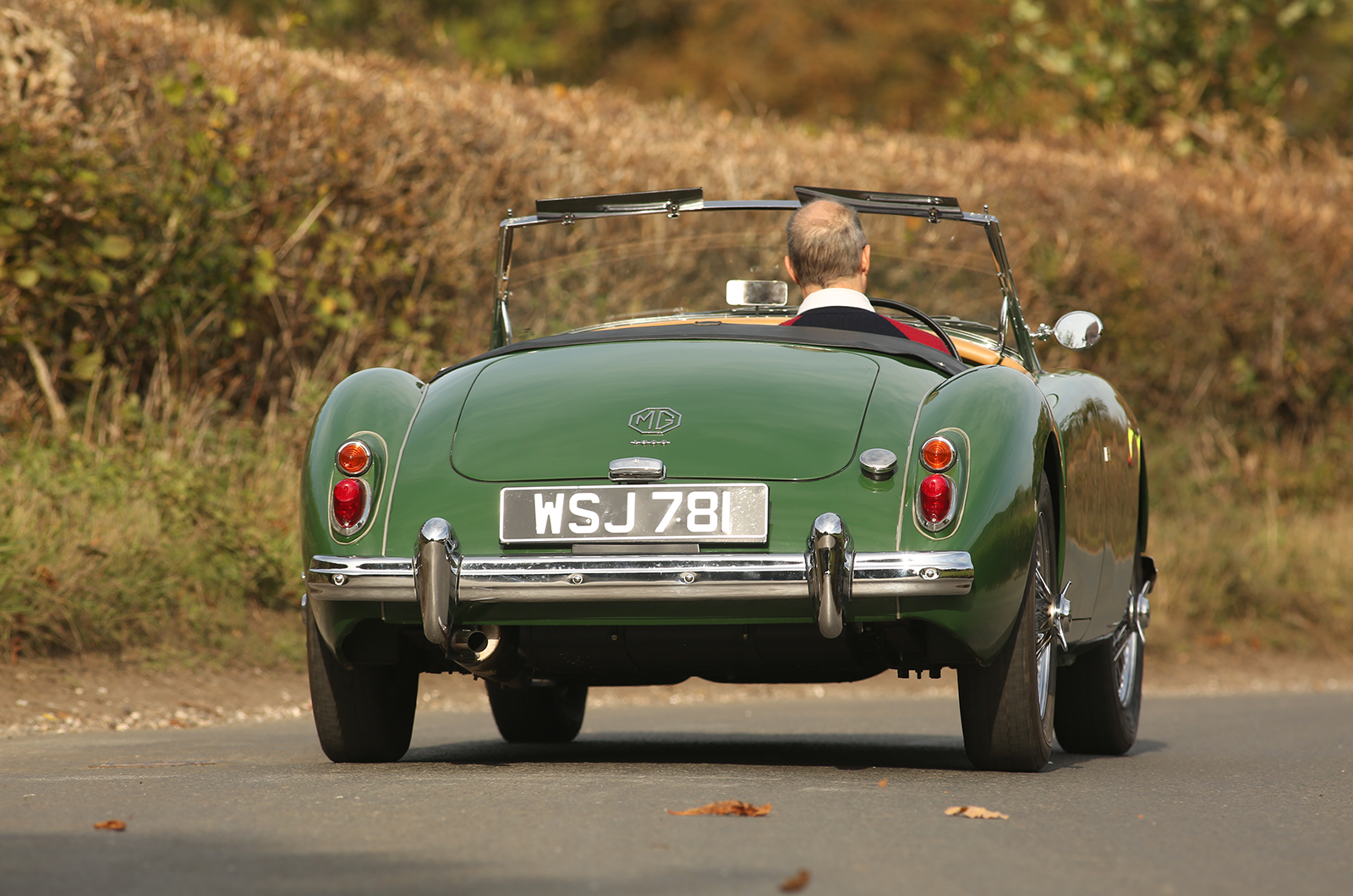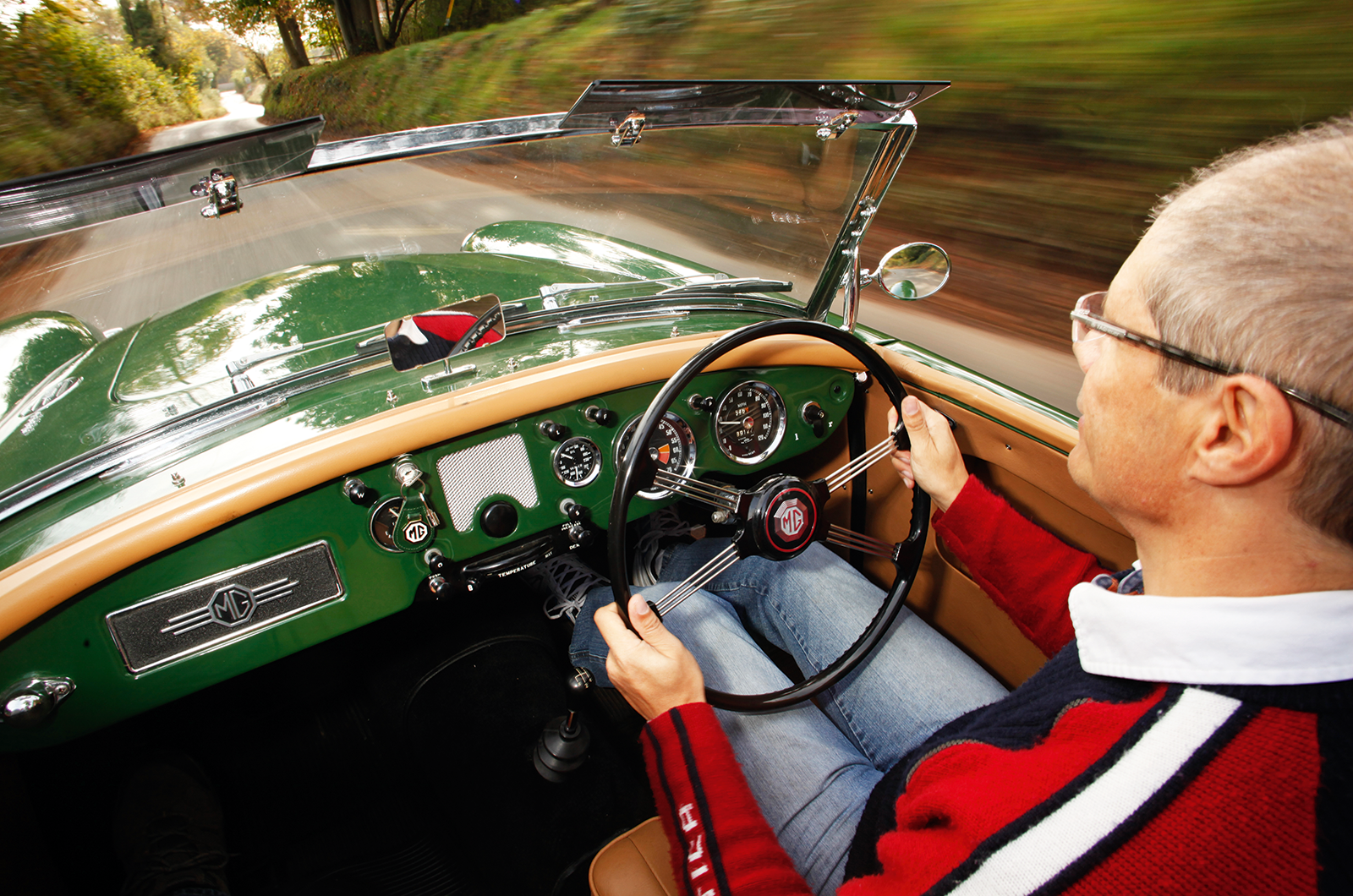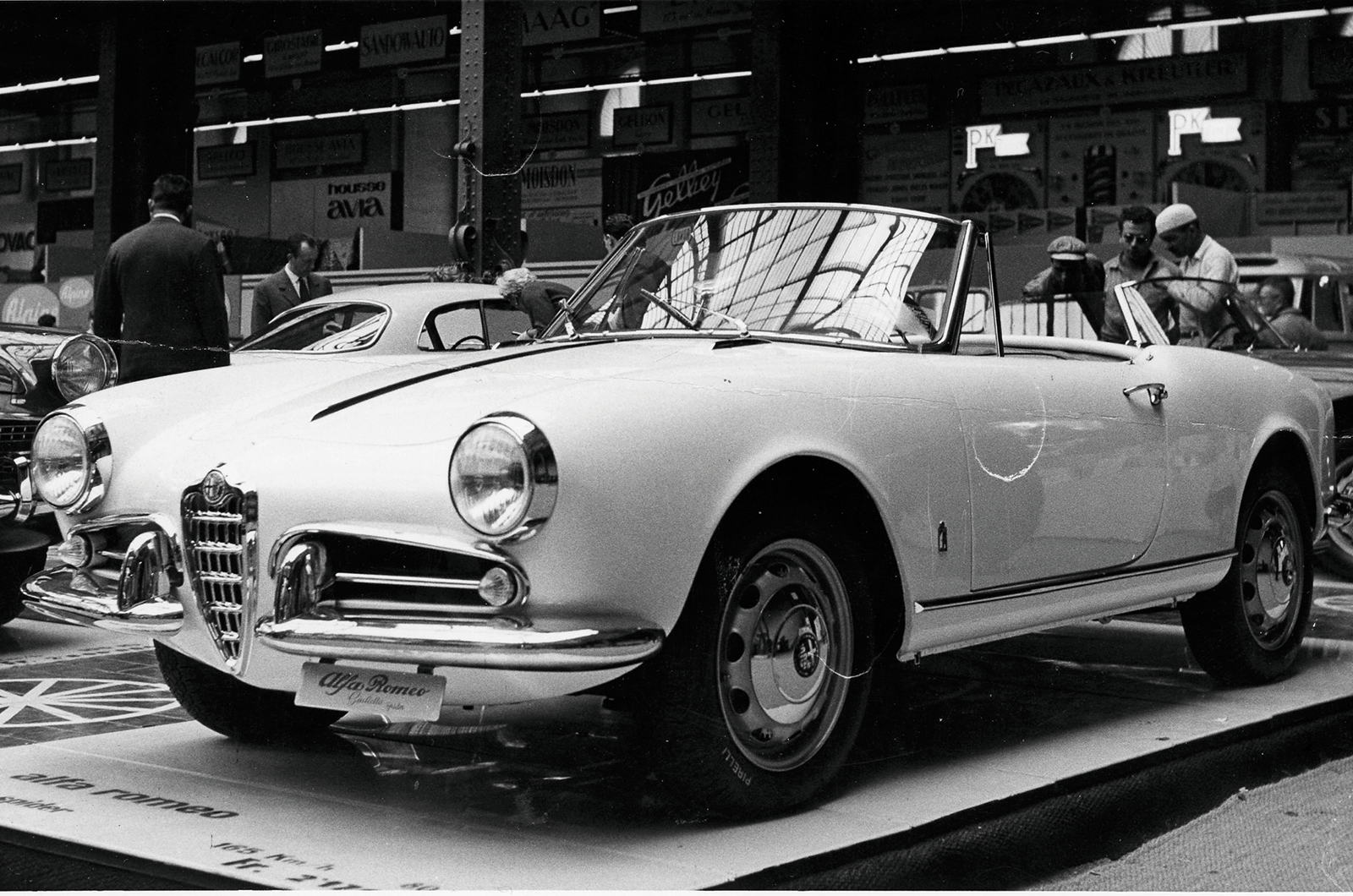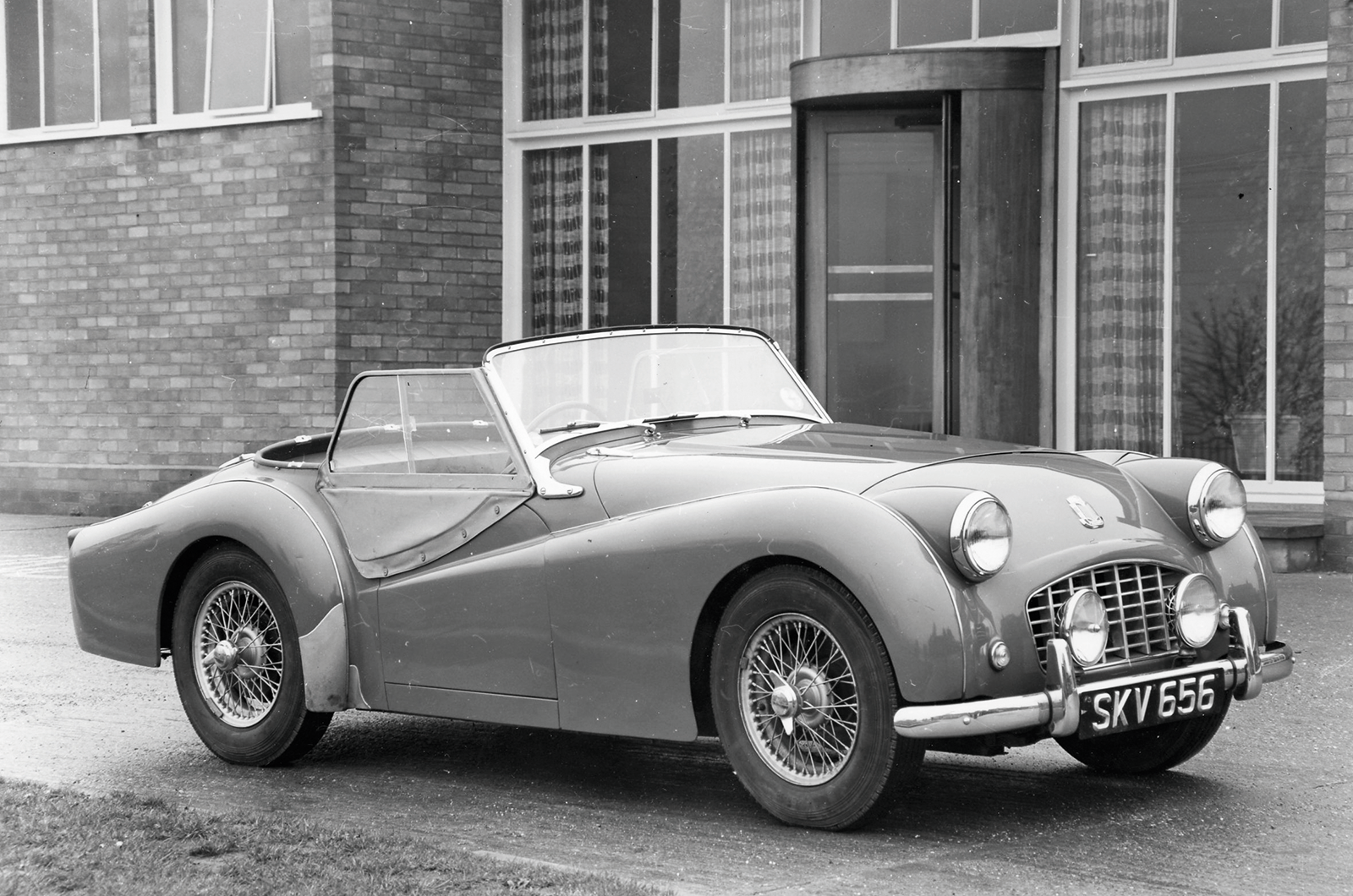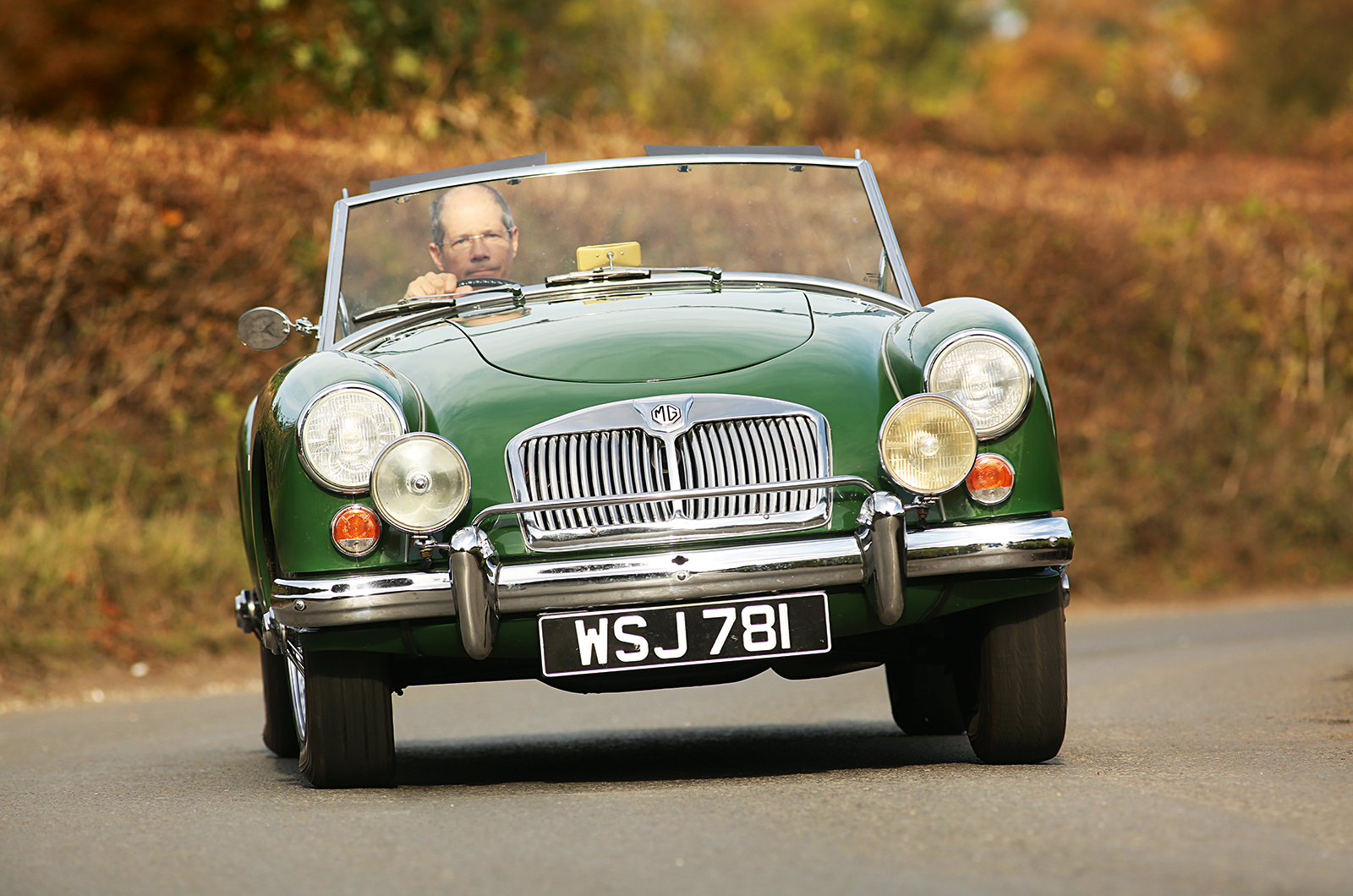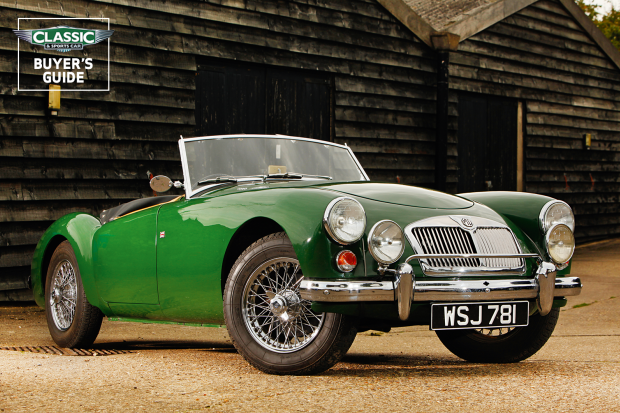
Why you’d want an MGA
When motor racing photographer George Phillips entered his TD for Le Mans in ’51, MG designer Syd Enever produced an attractive streamlined body for it that was virtually the finished shape of the MGA.
The car’s 116mph top speed showed its aerodynamic advantages, but its occupants sat high, on top of the chassis. Enever set young draughtsman Roy Brocklehurst the task of devising a new design, moving the side rails outwards to drop the seats.
Scuttle shake, often the bane of separate-chassis roadsters, was eradicated by building a substantial ‘goalpost’ structure on the frame, supporting the front bulkhead. Aluminium-skinned doors, bonnet and bootlid helped to keep weight down.
Completed in 1952, it was at first rejected by BMC management (which was about to launch the Healey 100) and became a record-breaker, but in 1954 it was prepared for production.
The corporate B-series Austin engine, newly enlarged to 1489cc, made it a much more appealing prospect than with the costly XPEG unit. Three aluminium-bodied race prototypes were built for Le Mans in ’55, one finishing 12th and one 17th. They ran again at Dundrod, testing twin-cam developments and disc brakes even before the production model was launched.
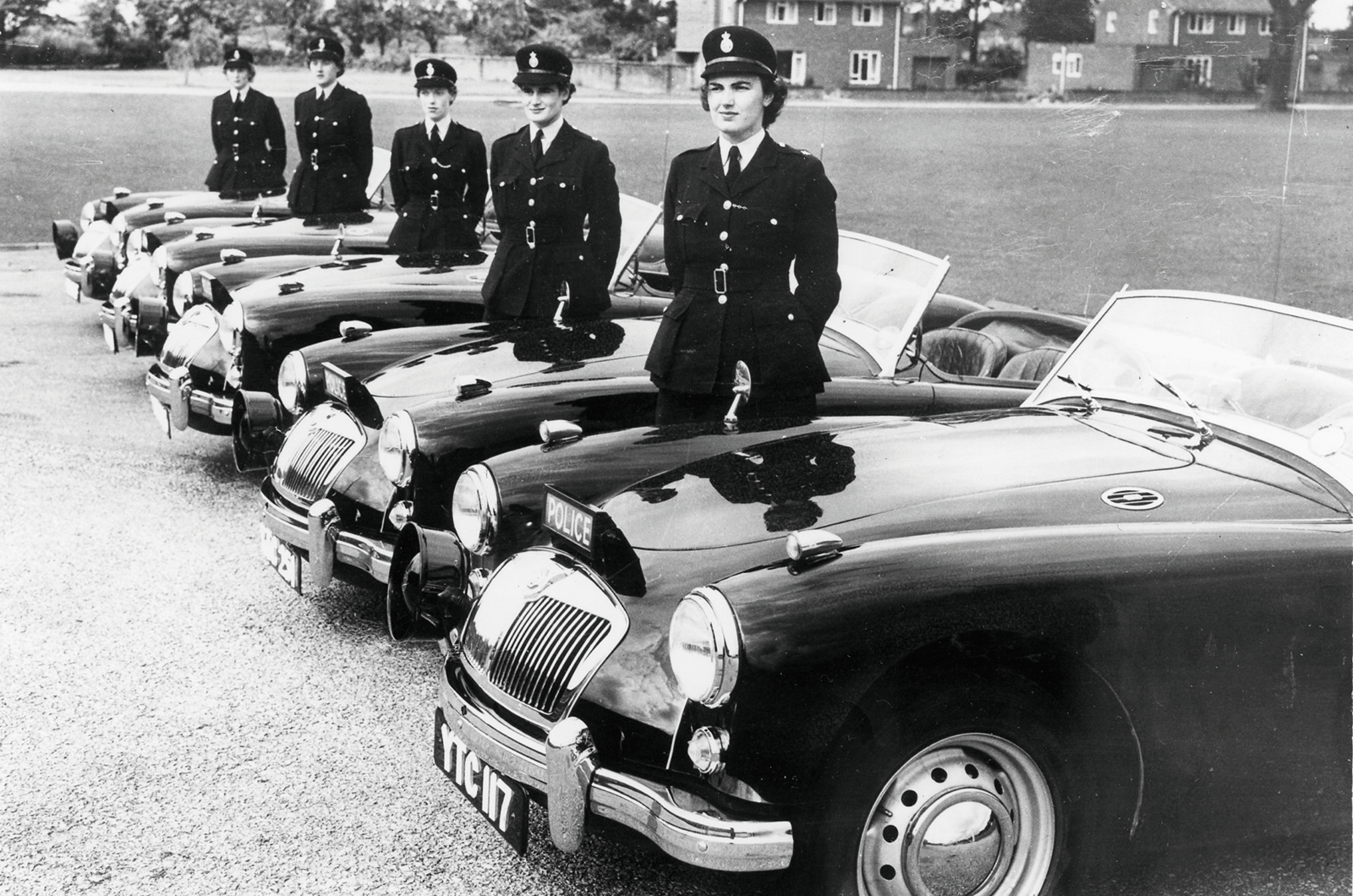
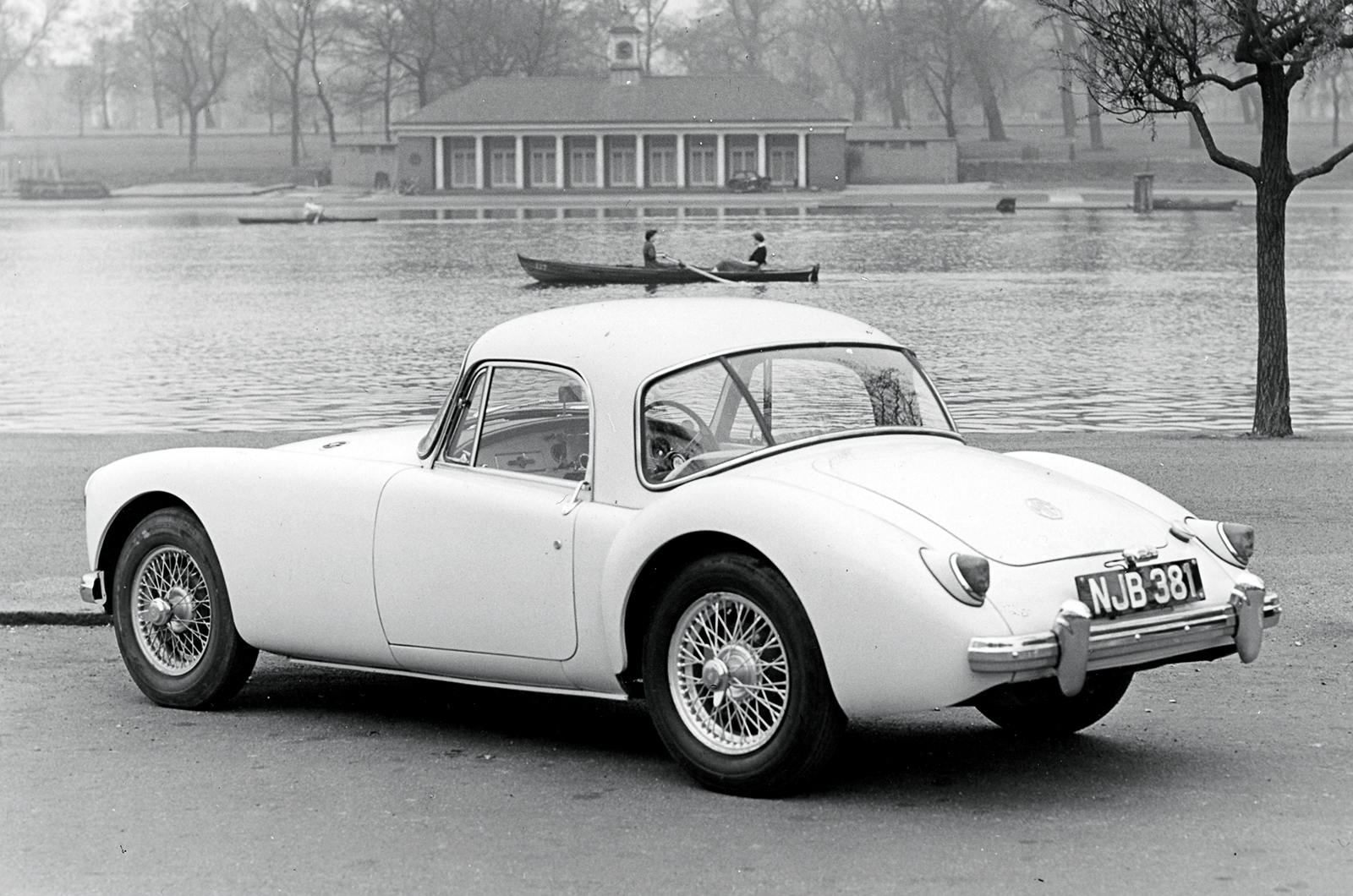
The pretty MGA proved extremely popular, safe and fun, with a high door-line that made it feel comfier than many rivals. A lively performer with a throaty roar, it boasted precise rack steering.

